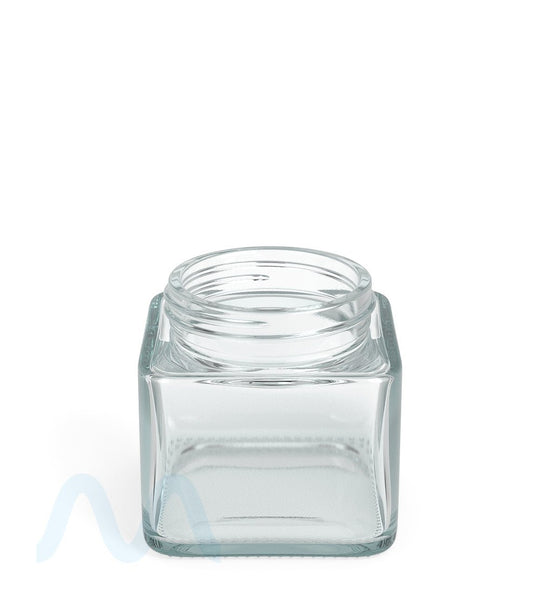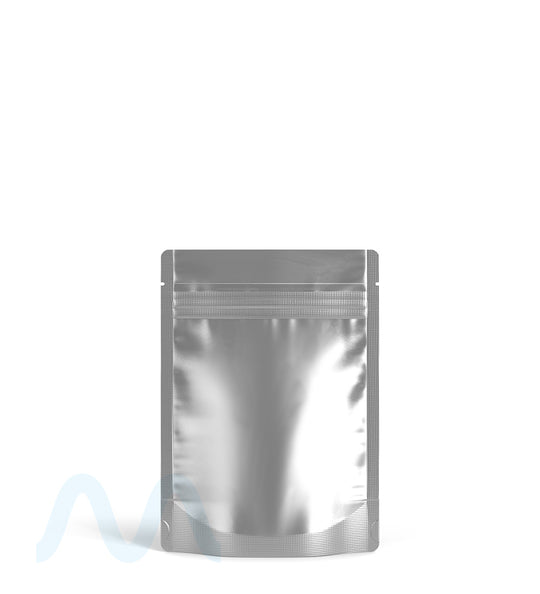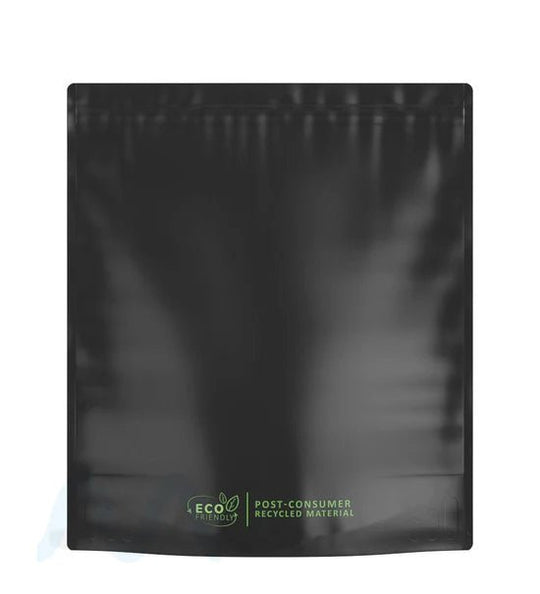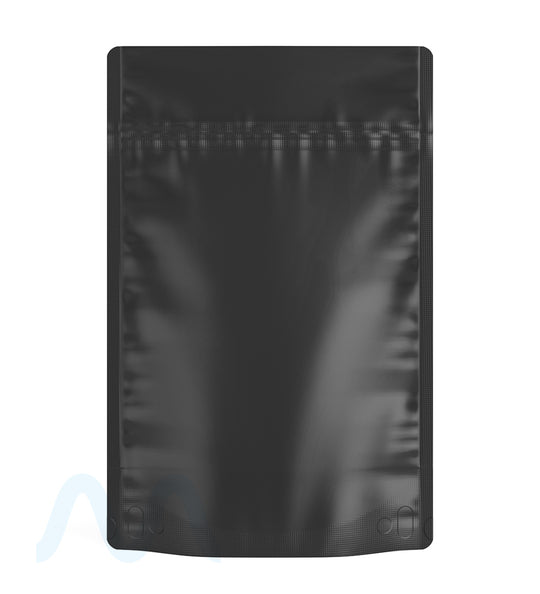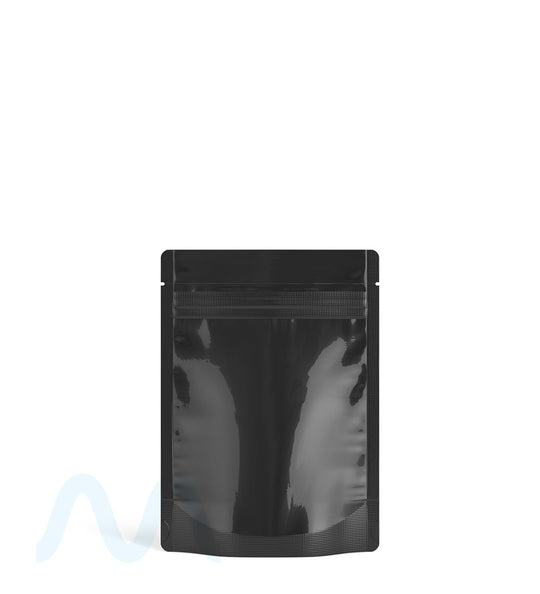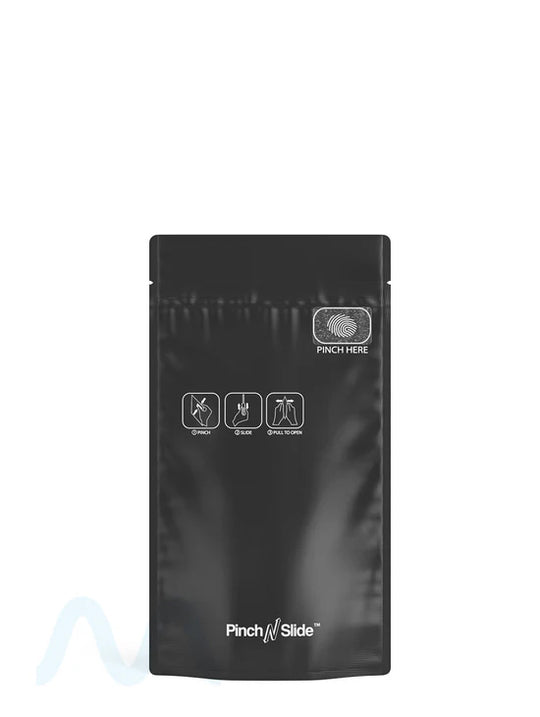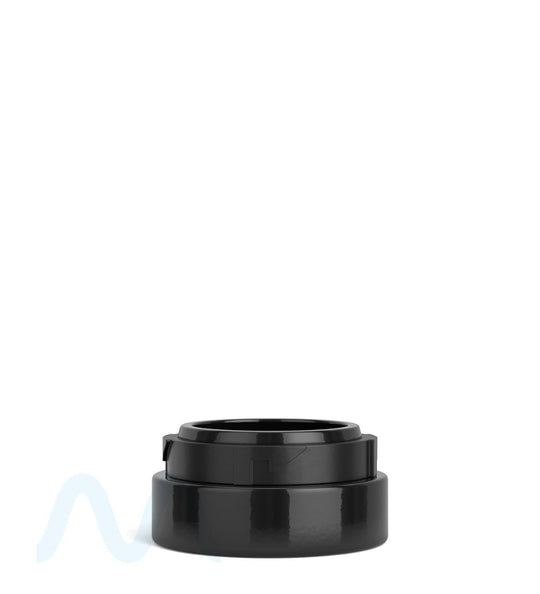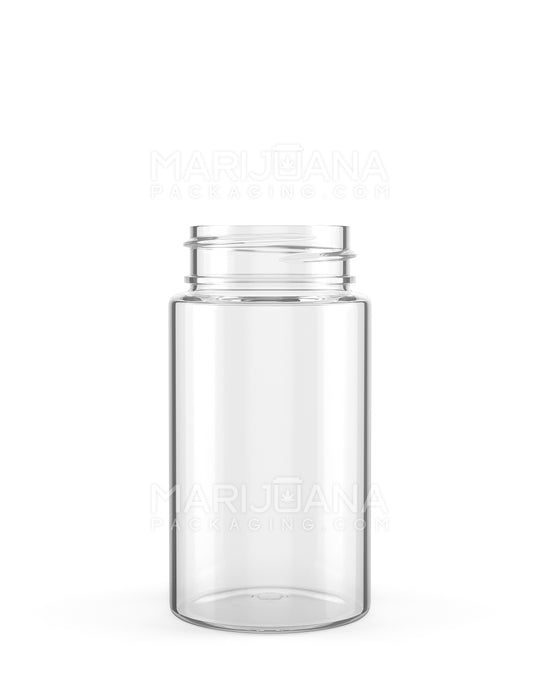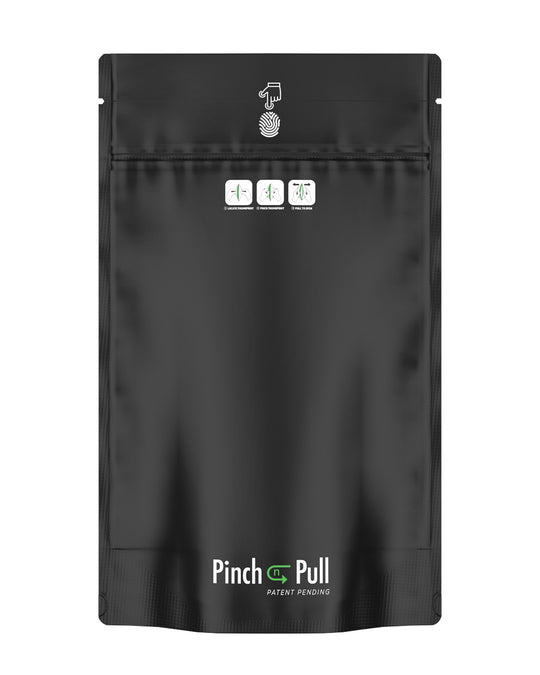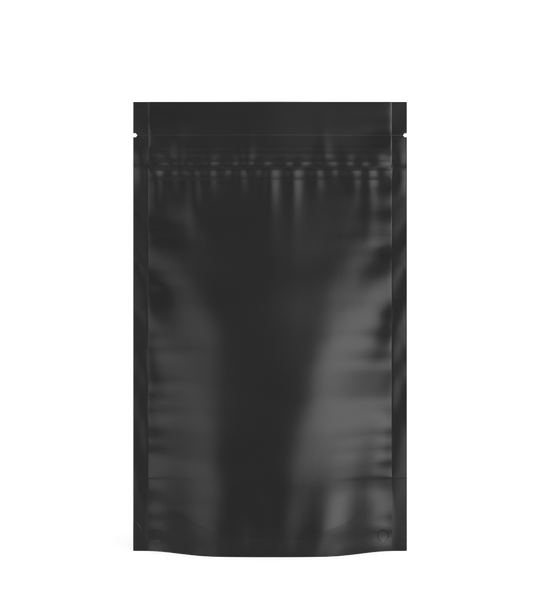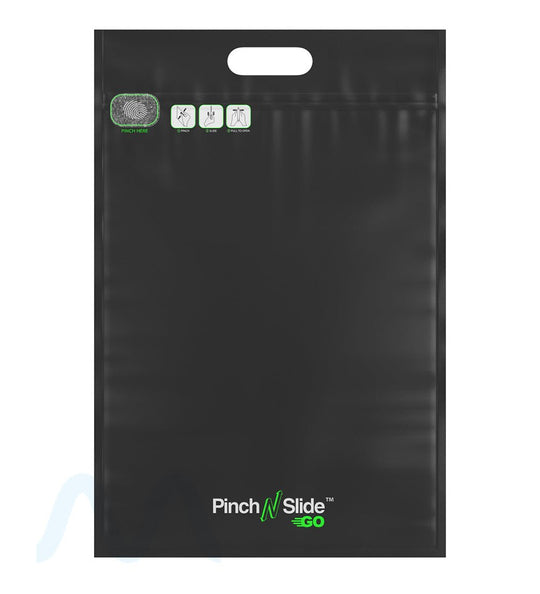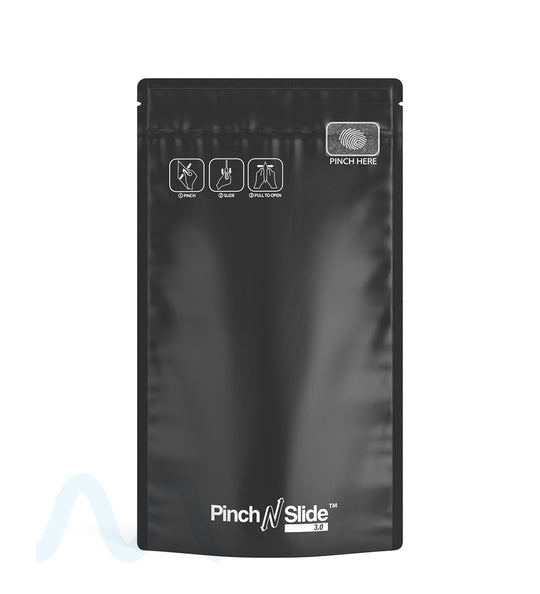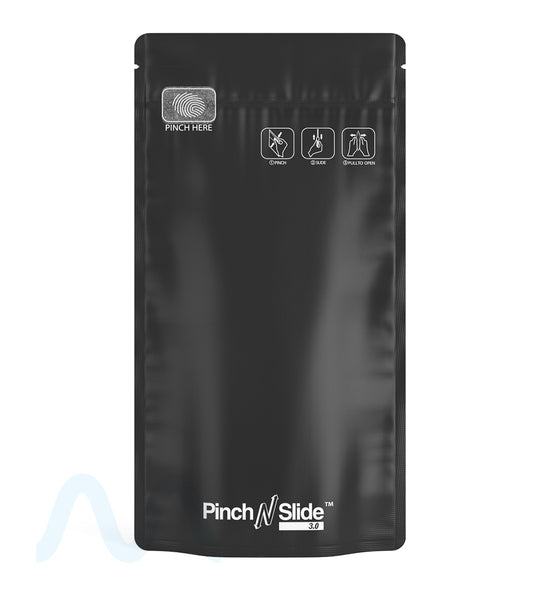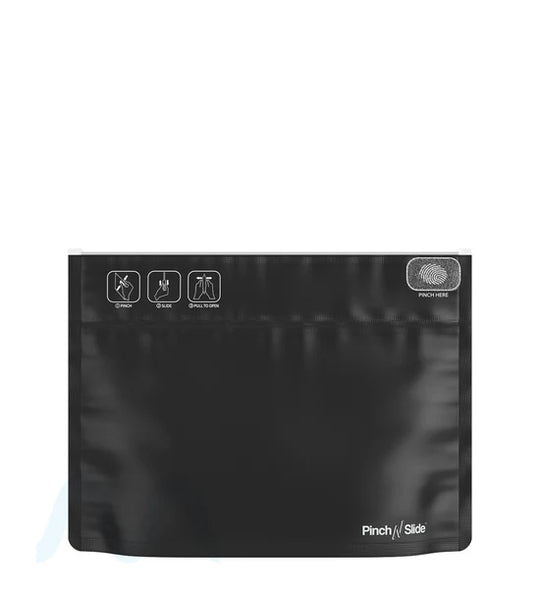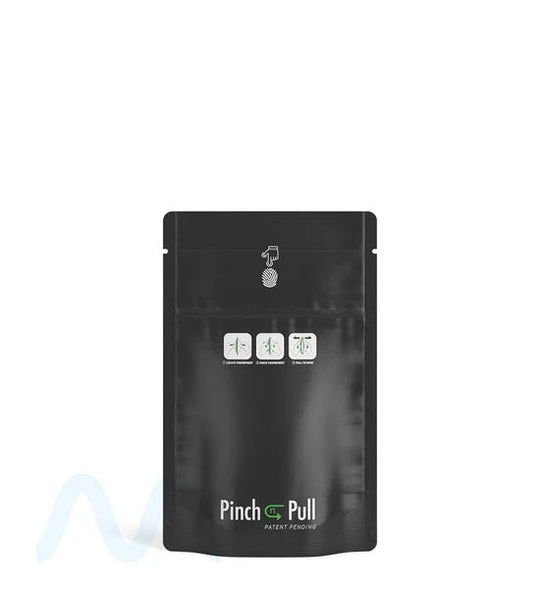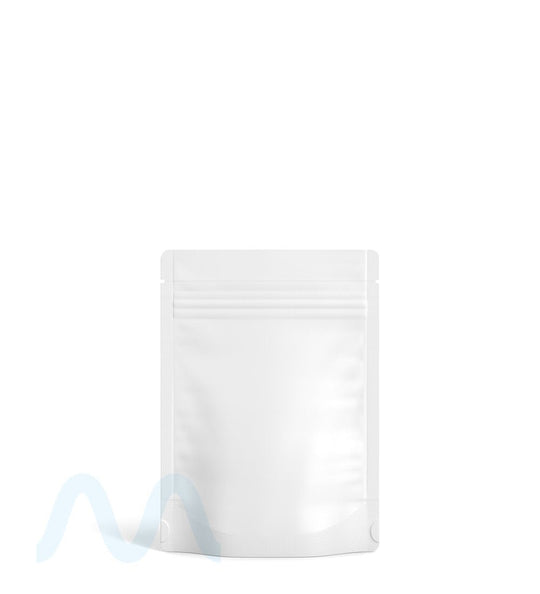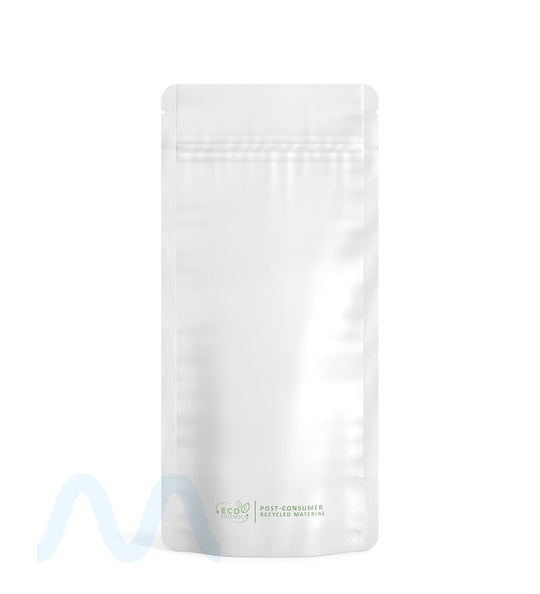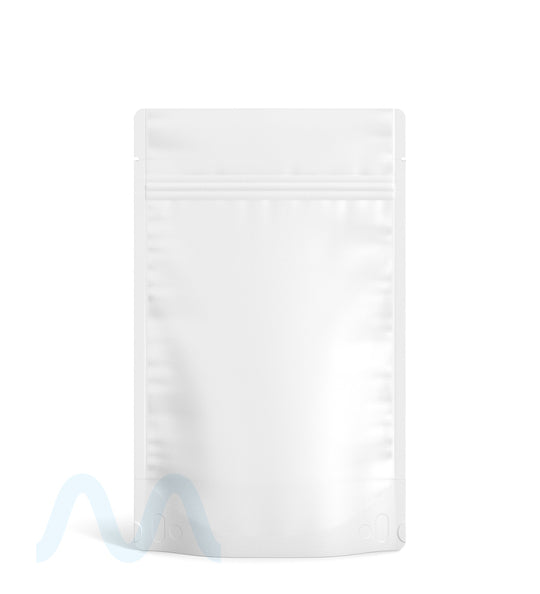Health & Wellness Packaging
Frequently Asked Questions About
Table of Contents
Health & Wellness Packaging: Protecting Product Integrity
The health and wellness industry continues to experience remarkable growth as consumers prioritize personal well-being. At the heart of this expanding market is health & wellness packaging, which plays a crucial role in product protection, compliance, and brand differentiation. Quality packaging solutions not only preserve product efficacy but also communicate value to increasingly discerning consumers.
With the global nutraceutical market projected to reach $722.49 billion by 2027, packaging has become a strategic investment for brands looking to capture market share. This comprehensive guide explores the essential packaging formats, materials, and innovations shaping the supplement and vitamin industry today.
Health & Wellness Packaging Essentials
Effective supplement packaging must address several critical factors: moisture protection, light sensitivity, oxygen barrier properties, and tamper evidence. These elements are non-negotiable for products designed to support health and wellness, as they directly impact shelf life and active ingredient stability.
The primary functions of quality health & wellness packaging include:
- Preserving potency through moisture and oxygen barriers
- Protecting light-sensitive ingredients from degradation
- Providing clear dosage information and usage instructions
- Ensuring product authenticity and tamper evidence
- Supporting brand storytelling and differentiation
For nutraceutical packaging, these considerations are particularly important as products often contain sensitive ingredients that can lose efficacy when exposed to environmental factors. The right packaging solution balances protection with practicality, ensuring consumers can easily access and use products as intended.
Material Considerations for Supplement Packaging
Material selection forms the foundation of effective health & wellness packaging. Different supplements and vitamins require specific barrier properties based on their formulation and sensitivity profiles.
Plastic Options
High-density polyethylene (HDPE) and polyethylene terephthalate (PET) are commonly used for vitamin bottles due to their excellent moisture barriers and impact resistance. HDPE offers superior protection against moisture, while PET provides clarity that allows consumers to see the product inside.
For products requiring additional oxygen protection, barrier resins or oxygen absorbers may be incorporated into plastic formulations. These advanced materials help extend shelf life by preventing oxidation of sensitive ingredients.
Glass Applications
Glass remains a premium option for supplement bottles, particularly for liquid formulations or products containing essential oils. The inert nature of glass prevents interaction with contents, while amber or cobalt blue coloring provides UV protection for light-sensitive ingredients.
Many brands select glass for its perceived quality and sustainability benefits, though considerations around weight and breakage risk must be factored into logistics planning.
Flexible Materials
Laminated films used in vitamin pouches typically combine multiple layers to create comprehensive barrier properties. These may include:
- Outer polyester layer for durability and printability
- Aluminum foil middle layer for oxygen and light barrier
- Inner polyethylene layer for product compatibility and heat sealing
These multi-layer structures provide exceptional protection while reducing weight and shipping costs compared to rigid alternatives.
Container Options for Vitamins and Supplements
The health & wellness industry utilizes several primary container formats, each offering distinct advantages for specific product types and consumer needs.
Bottles and Jars
Vitamin jars and bottles remain the most recognizable packaging format for supplements. Available in various sizes, shapes, and materials, these containers offer excellent stacking capability for retail display and convenient dispensing for consumers.
Key bottle and jar considerations include:
- Neck finish compatibility with closure systems
- Desiccant integration capabilities
- Child-resistant features where required
- Ergonomic design for easy handling
Many supplement jars now incorporate wide-mouth designs for easier access to products, particularly important for powders and larger tablet formats.
Pouches and Flexible Packaging
Flexible pouches have gained significant market share in recent years, offering advantages in shipping efficiency and shelf presence. Supplement pouch bags can incorporate convenience features like resealable zippers, tear notches, and pour spouts that enhance the consumer experience.
Stand-up pouches provide excellent front-facing real estate for branding while requiring less material than rigid alternatives. This format is particularly popular for protein packaging and other powdered supplements where lightweight, resealable solutions add value.
Flexible Packaging Solutions for Health Products
The shift toward flexible packaging represents one of the most significant trends in health & wellness packaging. This format offers numerous benefits for both brands and consumers:
- Reduced material usage compared to rigid alternatives
- Lower shipping weight and associated carbon footprint
- Enhanced shelf presence through printable surfaces
- Improved convenience with resealable features
- Extended shelf life through advanced barrier properties
For products like protein powders and supplement blends, flexible pouches provide practical advantages in dispensing and storage. Many consumers appreciate the ability to reseal packages between uses, maintaining freshness throughout the product lifecycle.
Modern vitamin packaging increasingly incorporates clear windows that allow consumers to see contents while maintaining barrier protection for the majority of the product. This transparency builds trust while protecting sensitive ingredients from degradation.
Branding and Consumer Experience
Beyond functional considerations, health & wellness packaging serves as a critical brand touchpoint. In a crowded marketplace, packaging design influences purchasing decisions and builds brand loyalty through repeated interactions.
Effective branding strategies include:
- Clear communication of key ingredients and benefits
- Consistent visual language across product lines
- Tactile finishes that convey quality
- Intuitive opening and dispensing mechanisms
- Educational elements that build consumer knowledge
The unboxing experience has become particularly important for direct-to-consumer brands, where packaging serves as the primary physical interaction between consumer and company. Premium finishes, magnetic closures, and thoughtful information hierarchy can significantly enhance perceived value.
Packaging Innovations Driving Industry Growth
The health & wellness packaging sector continues to evolve through innovation in materials, design, and functionality. Several key developments are shaping the future of the industry:
Sustainability Initiatives
Eco-friendly packaging solutions are gaining momentum as consumers increasingly consider environmental impact in purchasing decisions. Innovations include:
- Post-consumer recycled (PCR) content in plastic bottles
- Plant-based biopolymers for closures and components
- Monomaterial designs that simplify recycling
- Refillable systems that reduce packaging waste
Brands that proactively address sustainability concerns often find resonance with health-conscious consumers who view environmental and personal wellness as interconnected priorities.
Smart Packaging Technologies
Digital integration is creating new opportunities for consumer engagement and product authentication. Emerging technologies include:
- NFC tags that provide product information and authenticity verification
- QR codes linking to detailed supplement information and usage guides
- Time-temperature indicators that monitor storage conditions
- Freshness indicators that signal product quality
These innovations help build consumer trust while providing valuable data to brands about product usage and consumer behavior.
As the health and wellness industry continues to expand, packaging will remain a critical factor in product success. Brands that thoughtfully balance protection, convenience, sustainability, and branding will be well-positioned to capture market share in this dynamic sector. By staying attuned to consumer preferences and emerging technologies, companies can leverage packaging as a powerful tool for differentiation and growth.









